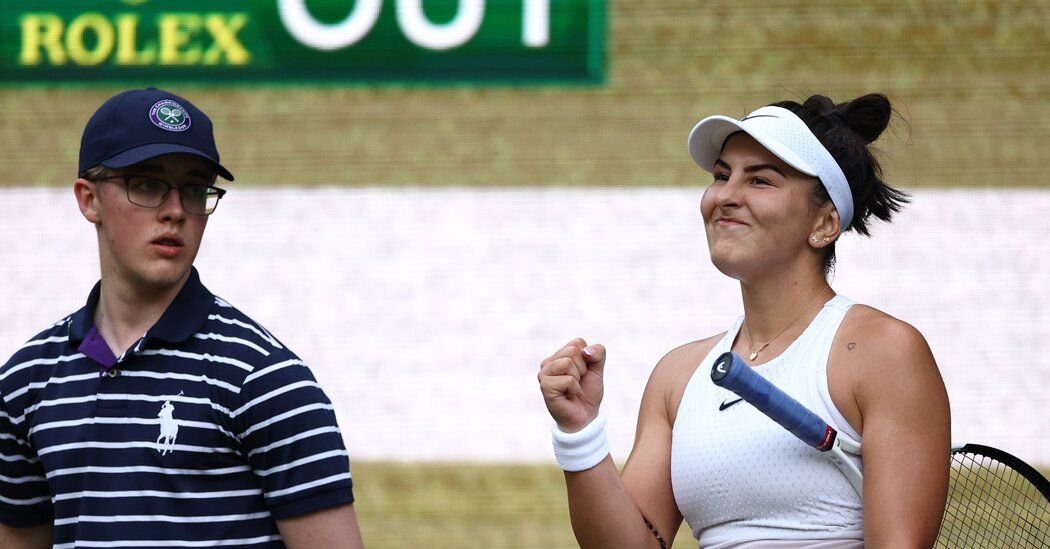At Wimbledon, the Human Eye Keeps Dropping the Ball
Andy Murray was a victim.
Bianca Andreescu was too.
Jiri Lehecka had to play a fifth set and essentially win his third-round match twice.
Hawk-Eye Live, an electronic line calling system, could have saved the players their set, even their match, but Wimbledon doesn’t use it to its full extent, preferring a more traditional approach. The rest of the year on the professional tours, many tournaments rely exclusively on the technology, allowing players to know with near certainty whether their ball lands in or out because the computer always makes the call.
But when players come to the All England Club for what is widely regarded as the most important tournament of the year, their fates are largely determined by line judges relying on their eyesight. Even more frustrating, because Wimbledon and its television partners have access to the technology, which players can use to challenge a limited number of calls each match, everyone watching the broadcast sees in real time if a ball is in or out. The people for whom the information is most important — the players and the chair umpire, who oversees the match — must rely on the line judge.
When the human eye is judging serves traveling around 120 m.p.h. and forehand rallies faster than 80 m.p.h., errors are bound to happen.
Source: The New York Times


